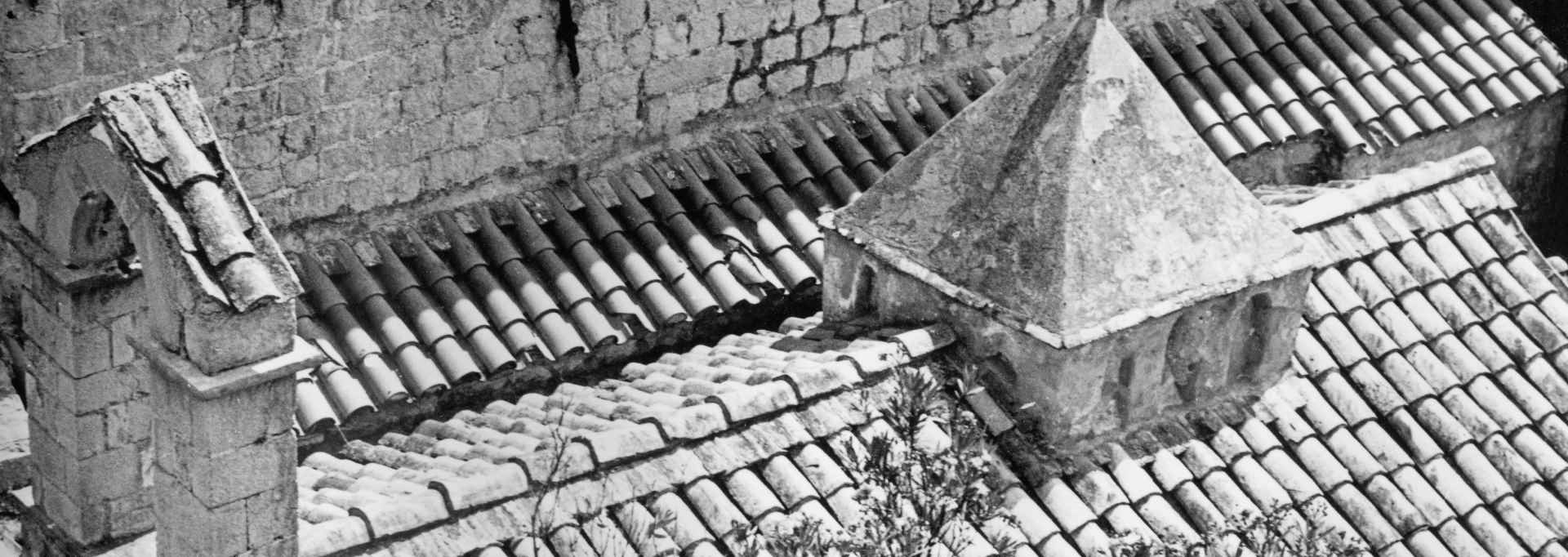MILJENKO MOJAŠ
Dubrovnik, 13 April 1947
Active working period in the conservation service: 1977 – 2012
Ever since his youth, heritage – in particular archaeological and maritime heritage – has always been his passion. His adventurous spirit and fondness of antiquities and artistic expression led him to explore underwater archaeological heritage, ship wrecks and their sites. Such commitment finally brought him to the conservation sector where from 1977 until 2012, for three and a half decades, he worked as a professional photographer – conservator in the Institute for the Protection of Cultural Monuments in Dubrovnik.
He perfected his photographic skill and exceptional talent under the professional guidance of Dubravka Beba Beritić, art historian, conservator and Institute Head, with whom he not only discovered and explored the monuments in the Dubrovnik region, but also learned how to look at and present cultural heritage through photography. He learned that one should always look closely at a monument and make an effort to witness an event.
Miljenko Mojaš has showed particular sensibility for photographing archaeological heritage, wholeheartedly cooperating with his friend and colleague Ivica Žile, an archaeologist from Dubrovnik, and through their work together, he became a true lover and expert in the archaeological heritage of the wider Dubrovnik region.
War-time photographs taken during the Homeland War, during one of the most difficult periods in the town history, hold a special place in his work. Mojaš was of the opinion that in conservation work the photographer is not an observer but rather a participant who takes part, ponders, understands, forms a meaning and – immersed in what he captures with his lens – transposes it into a negative which is, together with its positive, i.e. the photograph, full of factual, documentary and rational meaning. In other words, Mojaš restrains from personal interpretation, and becoming one with what he has photographed, he remains invisible, neutral, fully accountable for what he captures with his lens.
He points out that he has never liked taking photos of people, neither privately nor professionally. There are almost never any people in his photographs; all the key actors are invisible: the builder and the explorer as well as the conservator and the photographer. They are all there to support the monument. It is only the monument that counts. What has been photographed speaks for itself, addressing through the “photograph – truth” the one who receives it, the recipient in whom it looks for perceptive and reflective comprehension.
Miljenko Mojaš has in no way been a quiet and modest photographer. During field work and with colleagues, he would selflessly share his encyclopaedic field knowledge with his younger colleagues who had more theoretical than practical knowledge. Furthermore, it was not seldom that his distinctive, cheerful and persevering spirit would drag his colleagues into a whirl of loud and lively discussions about how to photograph architectural heritage. He would spend hours thinking out loud about how to photograph what he has seen, how to transfer the light, about the photo-taking technique, lenses, cameras, his favourite Mamiyas and Hasselblads, about projectors, about the process of development, and about how to eventually extract an interesting image from a negative! He was also actively involved in development in the conservation laboratory, on the door of which he put up an inscription Magician, thus making it known to his colleagues that behind that door, in the darkness of the darkroom, there was hidden magic taking place. He was and still is the spiritus movens of the coming generations of conservators, their teacher and a close fellow whom they affectionately call Miliko.
His photographs can be found in numerous publications, monographs, exhibitions and exhibition catalogues.
Photographer – conservator, employee of the Ministry of Culture, Conservation Department in Dubrovnik, popular and respectable collaborator Miljenko Mojaš – Miliko has left as his legacy a vast multitude of quality analogue black-and-white photographs, and is considered a master of conservation photography, who has for three and a half decades given himself selflessly to his work.
Maris Šišević Kusalo






